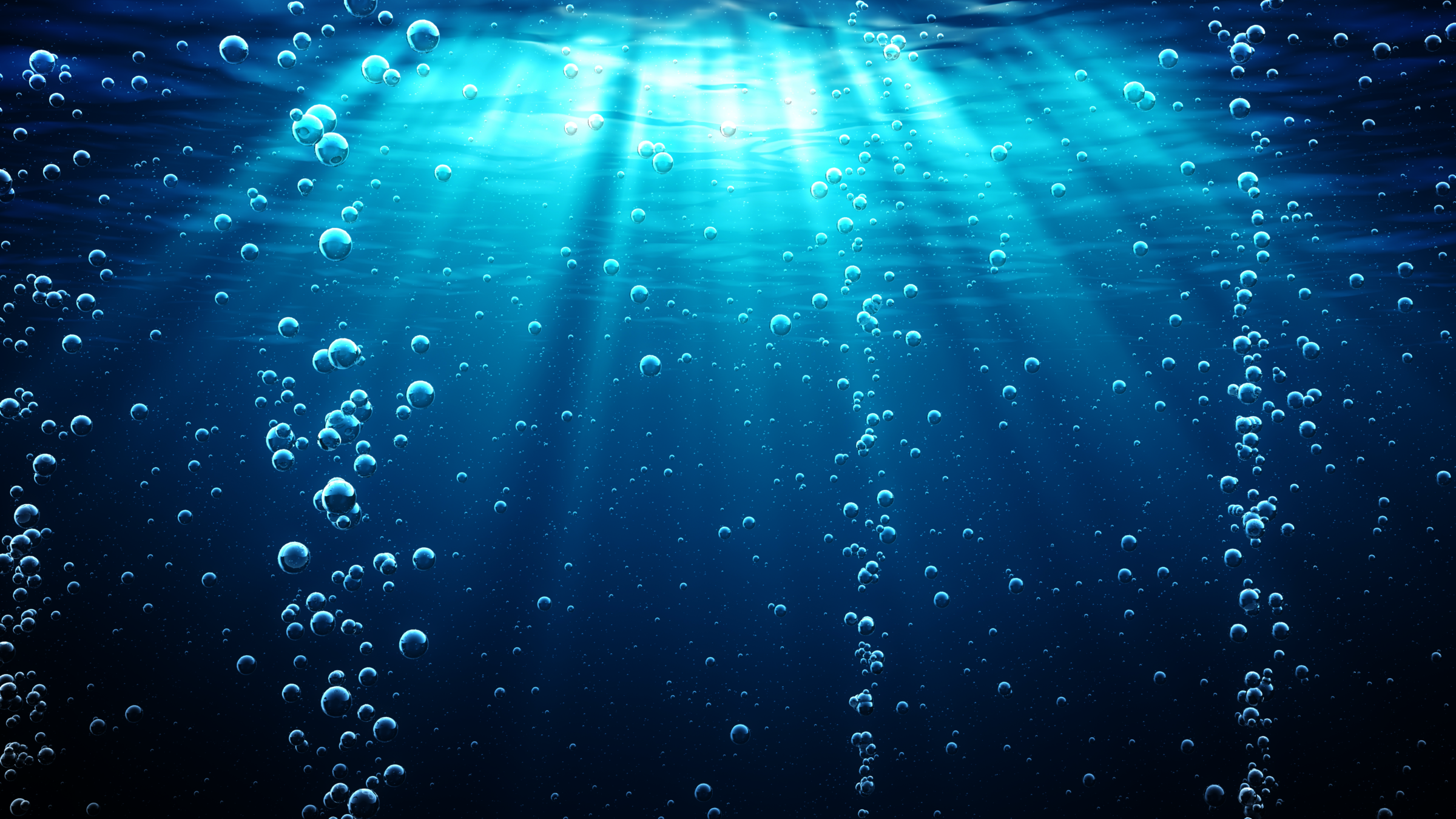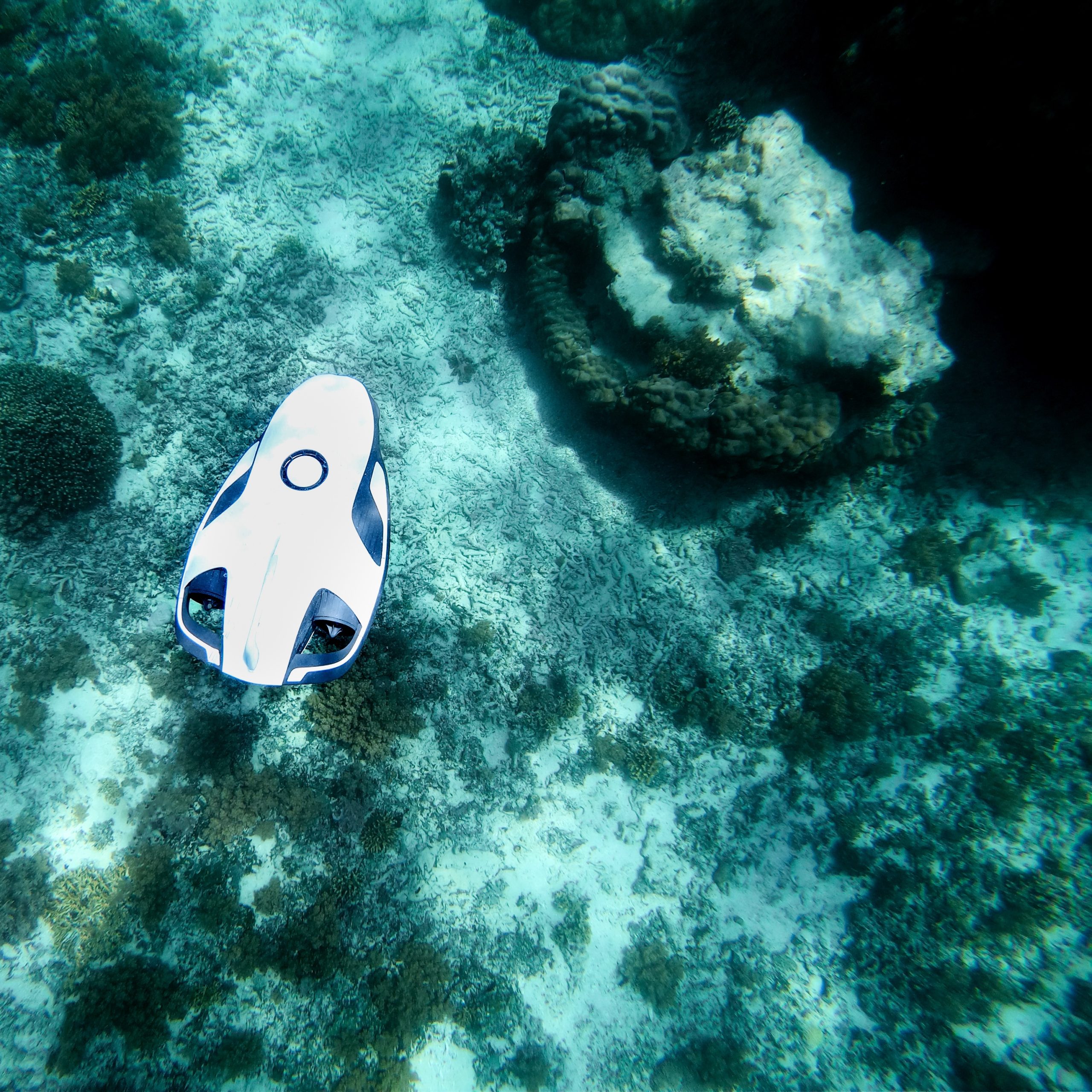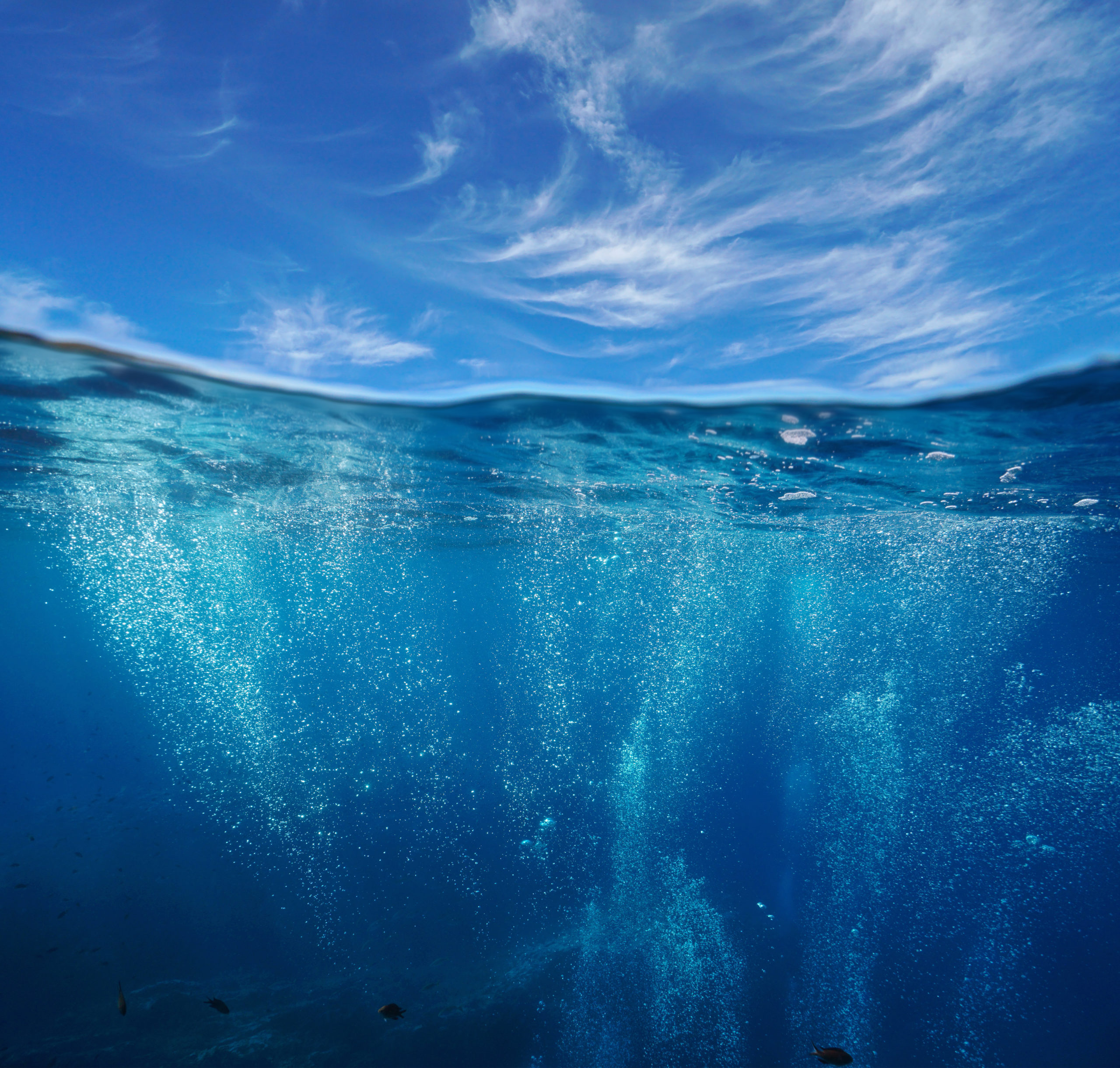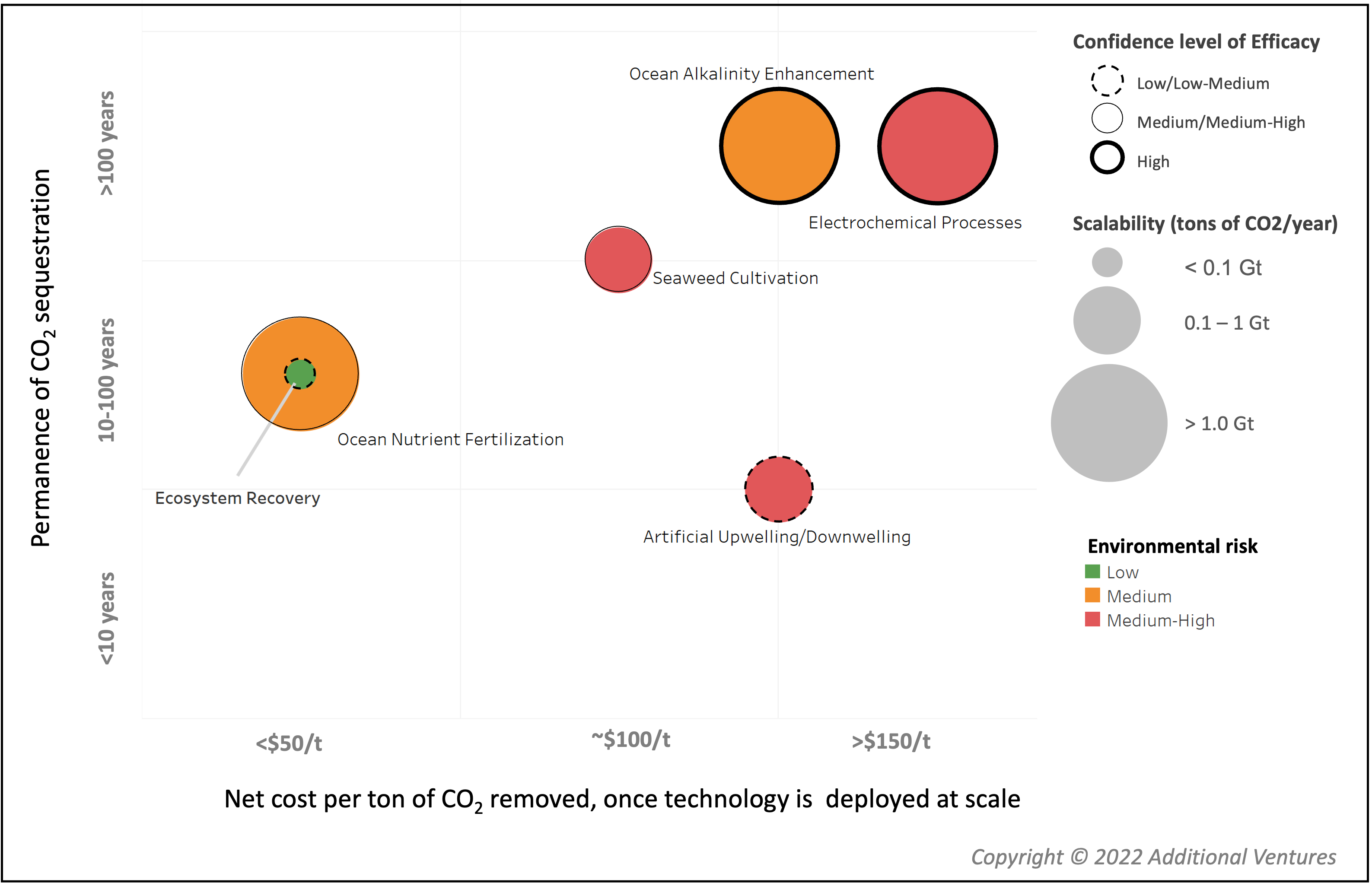
Climate Action
Ocean Alkalinity Enhancement R&D Program
A philanthropic consortium, led by Additional Ventures, is proud to launch the Ocean Alkalinity Enhancement (OAE) R&D Program, an ambitious effort to accelerate understanding of OAE as a potential method for large-scale carbon dioxide removal (CDR).
Why Ocean Alkalinity Enhancement?
The Intergovernmental Panel on Climate Change (IPCC) suggests that even aggressive mitigation measures to reduce CO2 emissions will have to be complemented with carbon dioxide removal (CDR) on the order of 100–1000 billion tons of CO2 before the end of the 21st century to avert the worst consequences of climate change.
The ocean already contains 50 times more CO2 than the atmosphere and has an enormous capacity to permanently sequester more. As ocean-based CO2 removal has attracted more interest, OAE has emerged as a particularly intriguing approach. When alkalinity increases in seawater, dissolved CO2 is chemically transformed to bicarbonate and carbonate ions. This transformation can help de-acidify seawater, turning the chemical clock of the ocean back to pre-industrial times. OAE can, at least on paper, sequester billions tons of CO2 annually for tens or even hundreds of thousands of years, imitating geologic weathering processes that have sequestered trillions of tons of atmospheric CO2 in the ocean over millennia.
In late 2021, the National Academies of Sciences, Engineering, and Mathematics (NASEM) released a study on ocean-based CDR approaches. In this consensus report, OAE stands out as a potentially efficient and highly scalable CDR pathway that permanently sequesters CO2.
The Promise of Ocean Alkalinity Enhancement
Ocean alkalinity enhancement is a particularly promising ocean CDR approach. Below is a visual representation of key quantitative and qualitative results summarized by NASEM (2021, Table S.1 therein). Note that some of the most cost-effective and scalable “electrochemical processes” described in NASEM (2021) increase the alkalinity of seawater, and/or force the precipitation of solid alkaline materials that can be used for OAE. Our definition of OAE encompasses these electrochemical approaches.
Open Scientific Questions
While OAE is potentially efficient, permanent, and scalable on paper, it remains a theoretical concept with many open questions which we hope to answer.
Under what conditions does OAE most efficiently sequester atmospheric CO2?
Developing the most efficient deployment strategy requires identifying and understanding the main factors that will impact CDR efficacy. These factors include location (e.g., physical and biogeochemical environment where the alkalinity is added) and the mode, frequency, and rate of alkalinity addition. CDR inefficiencies and challenges around carbon accounting stem from processes that occur once the alkalinity source is added to the seawater. This includes particle dissolution rate (when adding minerals), secondary precipitation, and CO2 gas exchange dynamics.
Can OAE be cost-effectively deployed at scale?
Irrespective of the mode of alkalinity enhancement, estimated costs remain above (or close to) $100 per net ton removed, largely as a result of high energy costs. Over the past 10-15 years, researchers have explored different solutions to reduce costs and speed up dissolution rates.
How can desired and undesired effects be identified, measured, monitored, and mitigated?
Large-scale and permanent modification of seawater carbon chemistry will have desired and undesired environmental impacts, and these impacts are likely to differ across the various modes of alkalinity addition. In the absence of data from mesocosm and field trials, it is difficult to predict these changes and to develop meaningful frameworks for monitoring, reporting and verification (MRV). Any MRV framework will have to focus on two major questions however. First, how much CO2 is permanently moved from the atmosphere to the ocean and how quickly does this happen (carbon accounting)? Second, what are the undesired effects of OAE on marine organisms and ecosystems (monitoring of environmental impacts) and how can they be mitigated?
Our Approach
The OAE R&D Program is designed to be ambitious, rigorous, collaborative, and fast-paced. The program includes three pillars:
Ocean Sciences and Modeling Team
An ocean sciences and modeling team that is resourced and empowered to work creatively and iteratively to systematically assesses whether OAE can safely, permanently, and cost-effectively sequester atmospheric CO2 at scale.. The OAE Research Award seeks to establish this team.
Technology Innovation Teams
A cohort of technology innovation teams that build proof-of-concept prototypes for cost-effective, scalable, and reliable OAE deployment, including monitoring, reporting, and verification hardware. An RFP for this effort will be published in the next few months. If you’d like to stay informed, send us an email at climate@additionalventures.org.
Global Support Team
A global support team that helps the science and technology teams plan experiments, seek permits, hire new staff, organize events, communicate progress, and centralize learning. This team will also set up a handful of pre-permitted test-bed sites for field work, prototype testing, and early deployment.
Our Commitment to Responsible R&D
The Ocean Alkalinity Enhancement R&D Program is an ambitious effort to evaluate the technical feasibility of alkalinity enhancement as an efficient method for sequestering atmospheric CO2, and to identify under what conditions it could be deployed safely. Additional Ventures is committed to funding R&D in a responsible manner that accords with all applicable laws and regulations. We recognize that modification of seawater carbonate chemistry may have undesired environmental impacts, and that further research may show that these outweigh the benefits of alkalinity enhancement in permanently removing CO2 from the atmosphere. We believe that OAE R&D needs to be conducted with a prudent, step-by-step approach and that the nature, scale, duration, and intensity of experimentation and technology development should be proportionate to the current state of knowledge about potential adverse effects.
Funding Opportunities
CLOSED

Ocean Alkalinity Enhancement Engineering Award
Additional Ventures is partnering with Ocean Visions and a consortium of philanthropic funders to invite pre-proposals to develop prototypes that could enable safe, cost-efficient, and scalable OAE.
Award Amount
$750k – 1.5M per team, to be used within 18 months or less
Eligibility
Individuals, companies, or research organizations anywhere in the world are invited to apply.
CLOSED

Ocean Alkalinity Enhancement Research Award
Additional Ventures is partnering with Ocean Visions and a consortium of philanthropic funders to invite applications from scientific teams to systematically assess the conditions under which ocean alkalinity enhancement (OAE) can safely and permanently sequester atmospheric CO2 at scale.
Award Amount
At least $10 million to be utilized over five (5) years
Eligibility
Research organizations anywhere in the world (universities, national labs, other independent research institutes, including consortia of multiple organizations) are invited to apply.







